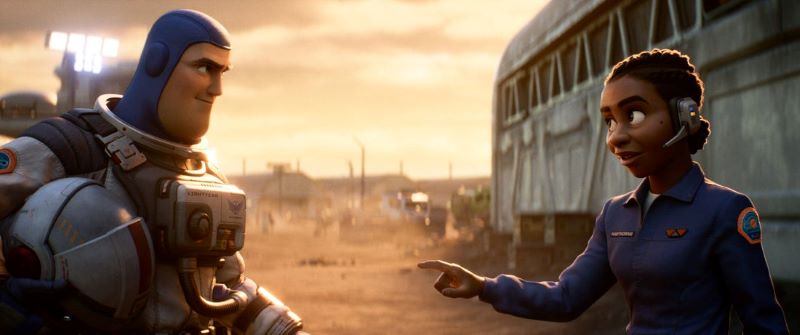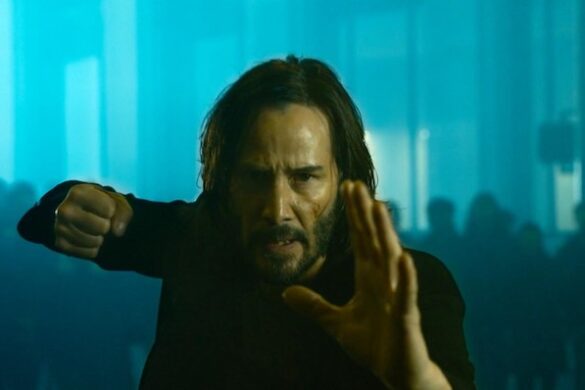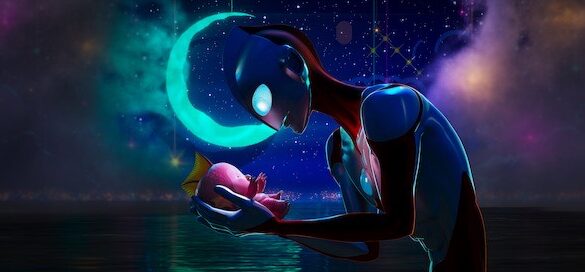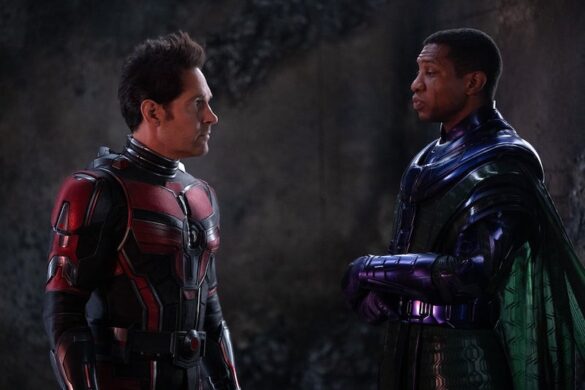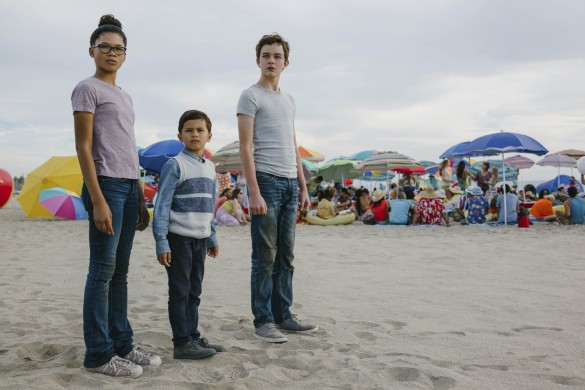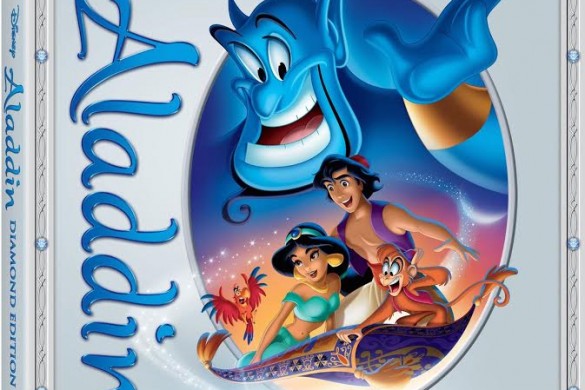“Lightyear” is a chance for fans of Toy Story and new audiences to explore the origins story of the unforgettable space ranger that would forever change playtime for Andy and the lives of his toys. But rather than center the film on the toy itself, the spinoff is about the character that inspired it. So, we will see the movie that Andy watched as a kid. And we will get to see more from the man who would be immortalized as a toy for future generations.
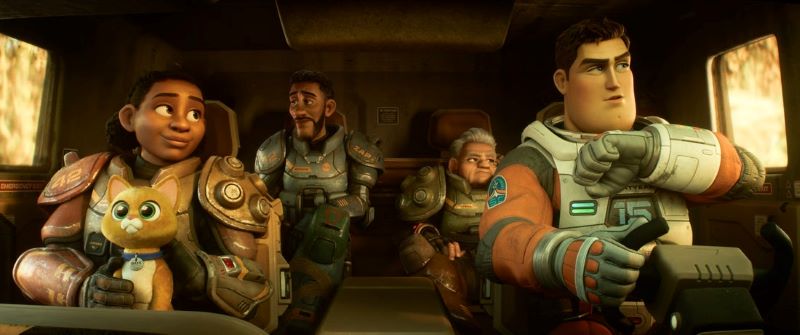
Set in a distant future, 4.2 lightyears away from earth, “Lightyear” centers on Buzz Lightyear (Chris Evans), Star Command’s top space ranger, and his adventures in the final frontier. On what was supposed to be a routine investigative mission, he and fellow space ranger Alicia Hawthorne (Uzo Aduba) find themselves and their crew marooned on a planet infested with bugs and sentient vines. And as they try to find a way to get off of it, they come face-to-face with the evil Emperor Zurg, who threatens the universe’s safety, leaving Buzz as the only hope to save it.
While it’s wonderful to revisit the character’s origins story, Lightyear introduces new characters to the space ranger’s mythology. As such, it’s an expansion that brings new exciting dynamics and long-awaited representation to Buzz’s origins.
ThatsItLA had the chance to join their fellow journalists for a virtual presentation about the film and participate in a Q&A with MacLean and Susman. They also addressed the restored same-sex kiss made in light of Florida’s recent “Don’t Say Gay” bill.
In “Lightyear,” Alicia is a fellow Star Command space ranger who happens to be a Black woman. She’s just as dutiful and fearless as Buzz. Often, it’s Alicia who provides the support Buzz needs whenever he feels defeated and is the one who constantly reminds him about the importance of completing the mission. And two have a buddy-kind of relationship that allows for banter and friendly mocking. But they always have each other’s backs.
And the “Lightyear” also represents the character in such a way that allows Alicia to celebrate who she is. Working with new animation tools and an artist who had a passion for figuring out the braids, the team knew the importance of getting the hairstyles right. “It was really an important part of capturing who these characters are. And so, it was worth making the investment to really try to make them feel authentic,” Susman said. “I think probably one of the most joyous moments for me was at the preview when one of the women in the q&a afterward looked and said, ‘I love that hairstyle. I could wear that hairstyle. I could see that hairstyle on me.’ You couldn’t ask for more than that.”
MacLean echoed Susman’s comments on the artist, saying she was not just excited about bringing the hairstyles to the big screen but also excited about its math. “There was this math to like the braiding of it. That, as someone who’s not math inclined, I was really excited about. It was not only on a representation level but also on a math level. And seeing that as a challenge that she wanted to tackle was really neat,” MacLean said.
Starting with Star Trek’s Uruha, Black female representation has grown within the Sci-Fi titles set in space. Oddly enough, the franchise has also been the one to expand upon that representation by introducing us to characters like “Star Trek: The Next Generation’s” Guinan (Whoopi Goldberg) and “Star Trek: Discovery’s Michael Burnham (Sonequa Martin-Green). Even Star Wars: The Rise of Skywalker’s Jannah (Naomi Ackie). It’s powerful for audiences to see themselves in these characters, especially when they feel underrepresented. And for Pixar to bring that into their film reinforces that notion.
The LGBTQ+ community is also represented in “Lightyear” and not in a way that is unspoken in some previous Pixar titles. The studio also decided to restore a same-sex kiss previously taken out for undisclosed reasons. But knowing that it’s been restored means that we can see them express their love for each other in a way that allows same-sex couples to see themselves in those characters. “Yes, we have a kiss, as you saw in the version of the film that you all saw before this q&a,” Susman said. “We’ve always had the lesbian couple. They’ve always been a part of the film. So being able to put back the kiss was important to us.”
While it may just be a kiss, it isn’t something in there for the sake of being a kiss. In fact, it serves as an epiphany for Buzz, who realizes what he’s lost in his efforts to find a way to get his fellow marooned crew off the planet. “It’s a touching moment. It helps Buzz to see the life that’s been lived in front of him by his best friend that he’s not having. He doesn’t have those kinds of relationships. He doesn’t have a child. He doesn’t have what she has. And so it’s important for us to get that back in there. And we’re really excited about that.”
“Lightyear” opens in theaters on June 17, 2022.

